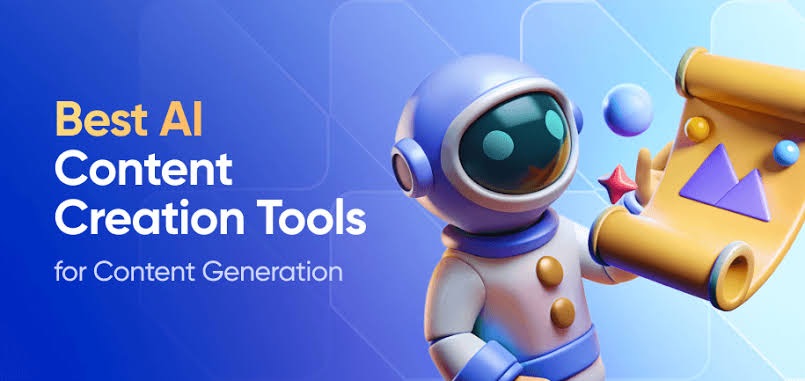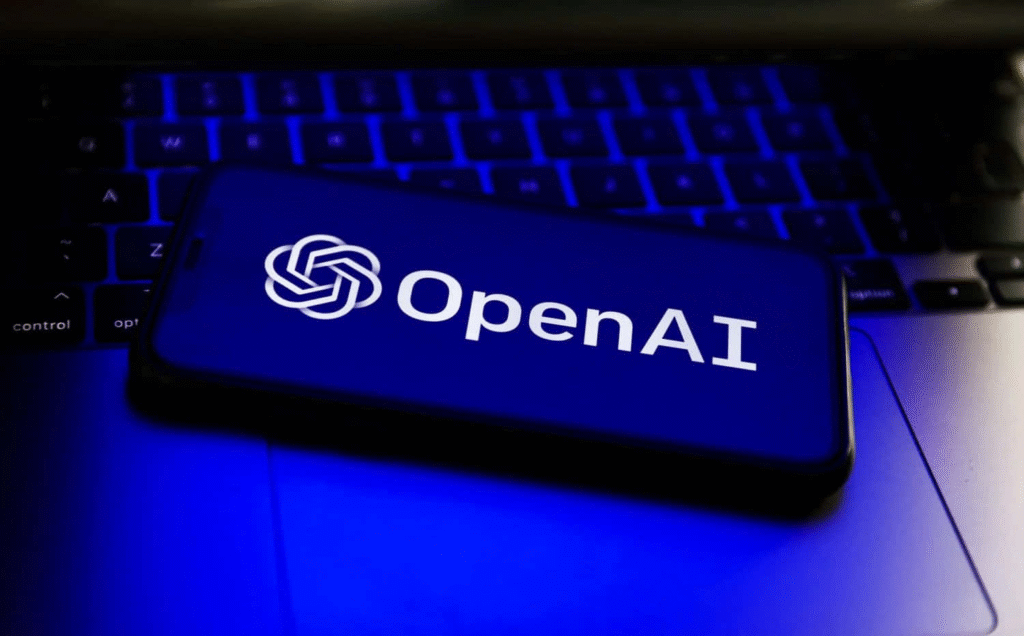Best AI Tools for Content Creators in 2025
Meta Description: Discover the top AI tools for content creators in 2025 from writing and video editing to design and SEO. Boost productivity and creativity with AI.

Here’s a brief outline of the best AI tools content creators should be using in 2025:
1. ChatGPT (OpenAI) – For Writing & Brainstorming
Perfect for scripting, blog posts, emails, and social media captions. Offers advanced prompt support and tone customization.
2. Canva Magic Studio – For Visual Content Creation
AI-powered design suggestions, image editing, video creation, and social media templates – ideal for quick, branded visuals.
3. Runway ML – For Video Editing & Generation
Use text prompts to edit videos, remove backgrounds, and even generate new scenes with Gen-3 AI video tools.
4. Midjourney / DALL·E – For Image Generation
Create unique illustrations, thumbnails, or concept art using only text descriptions. Great for YouTube, blogs, or ad creatives.
5. Descript – For Podcasts & Video Editing
Edit videos and audio like a doc. Features include voice cloning, filler word removal, and screen recording.
6. SurferSEO – For SEO Content Optimization
Optimizes blog posts for keyword performance. Real-time suggestions improve ranking chances in Google search.
7. ElevenLabs – For AI Voice Generation
Convert text to speech with human-like voice quality. Ideal for audiobooks, narrations, or multilingual content.
8. Jasper – For Marketing Copy & Automation
AI writing assistant that creates landing pages, emails, ads, and product descriptions with high conversion potential.
9. Notion AI – For Planning & Productivity
Use it to automate content calendars, brainstorm article outlines, or summarize research materials in one place.
Also see this: “How to Use AI for Graphic Design”

